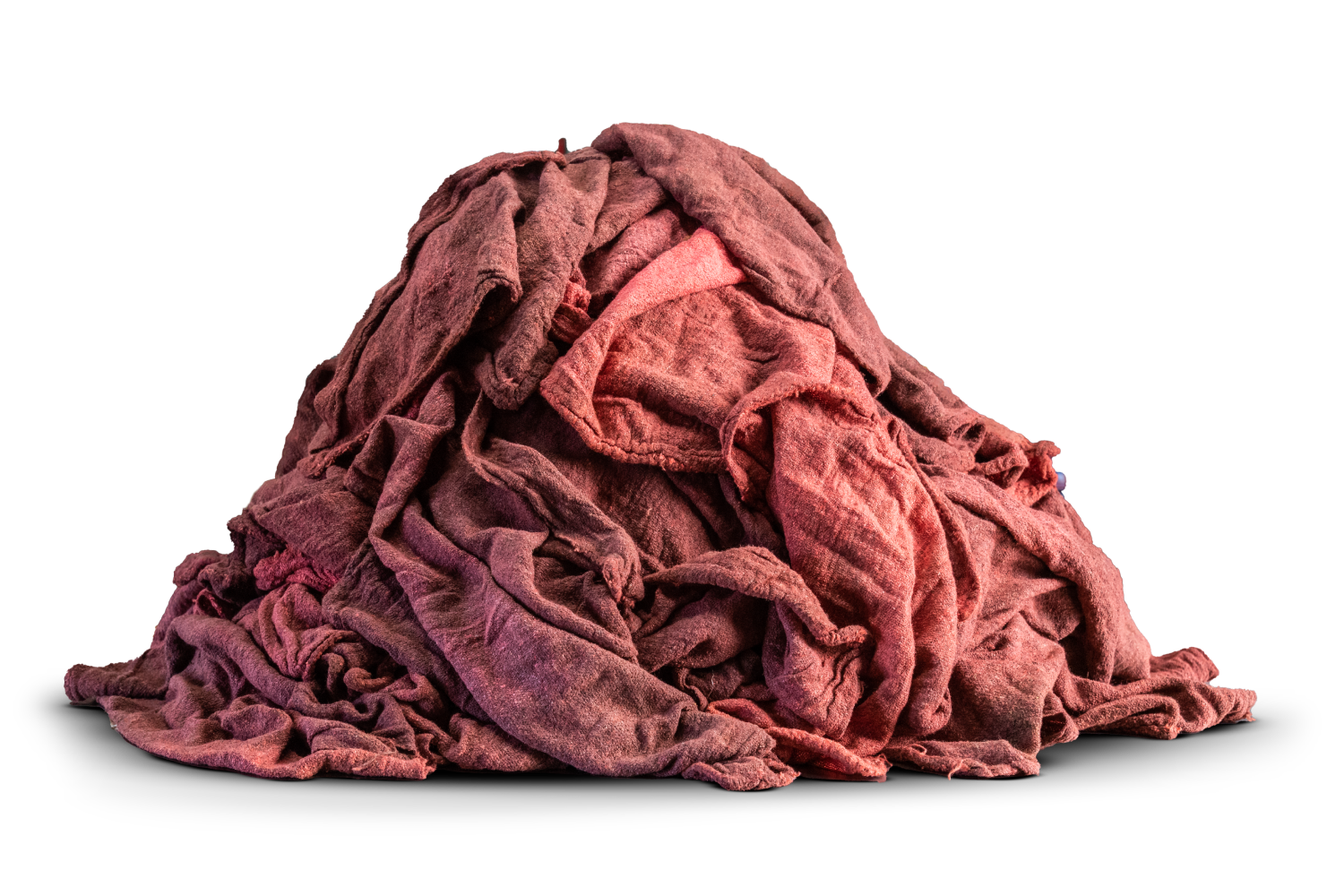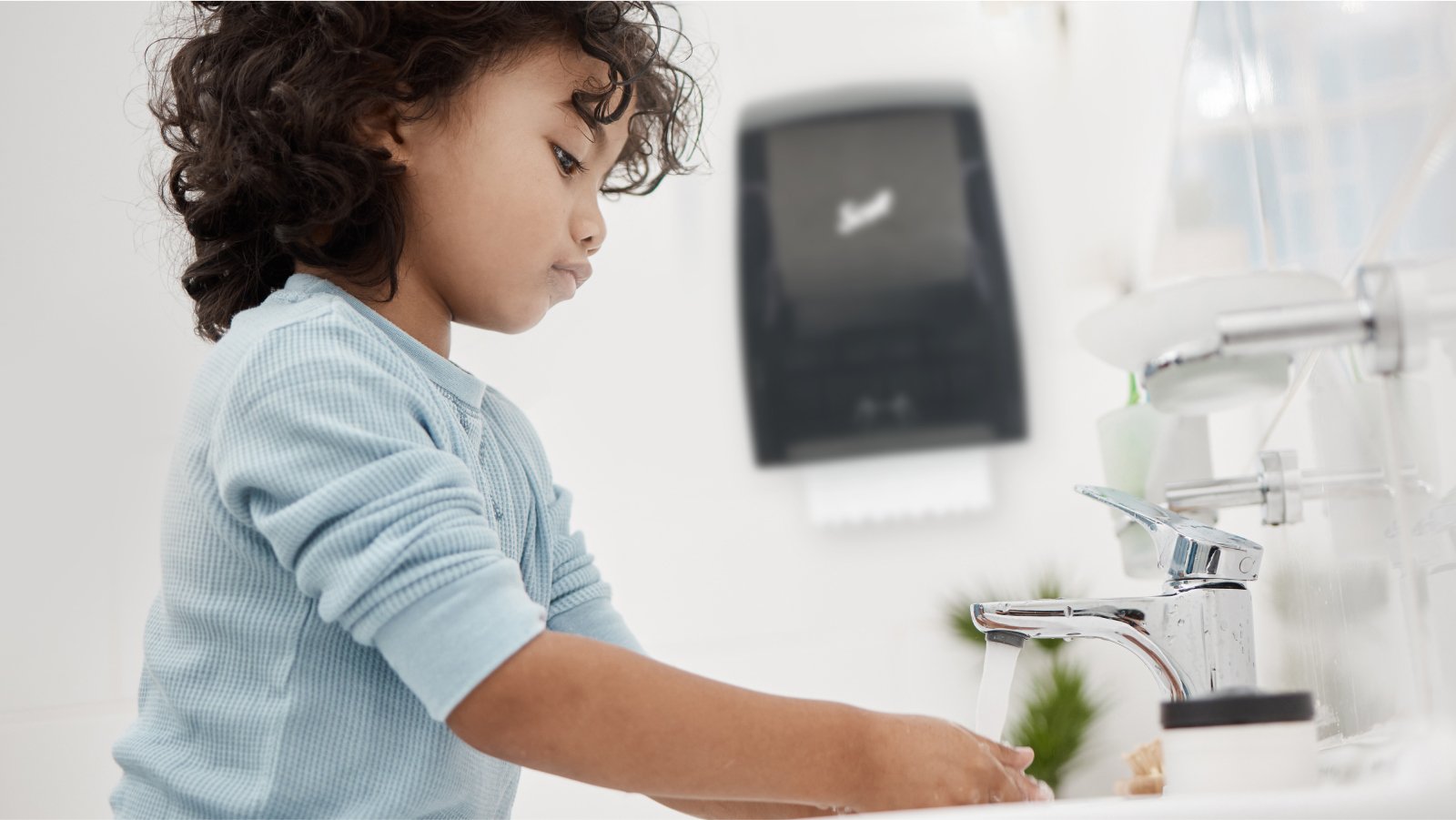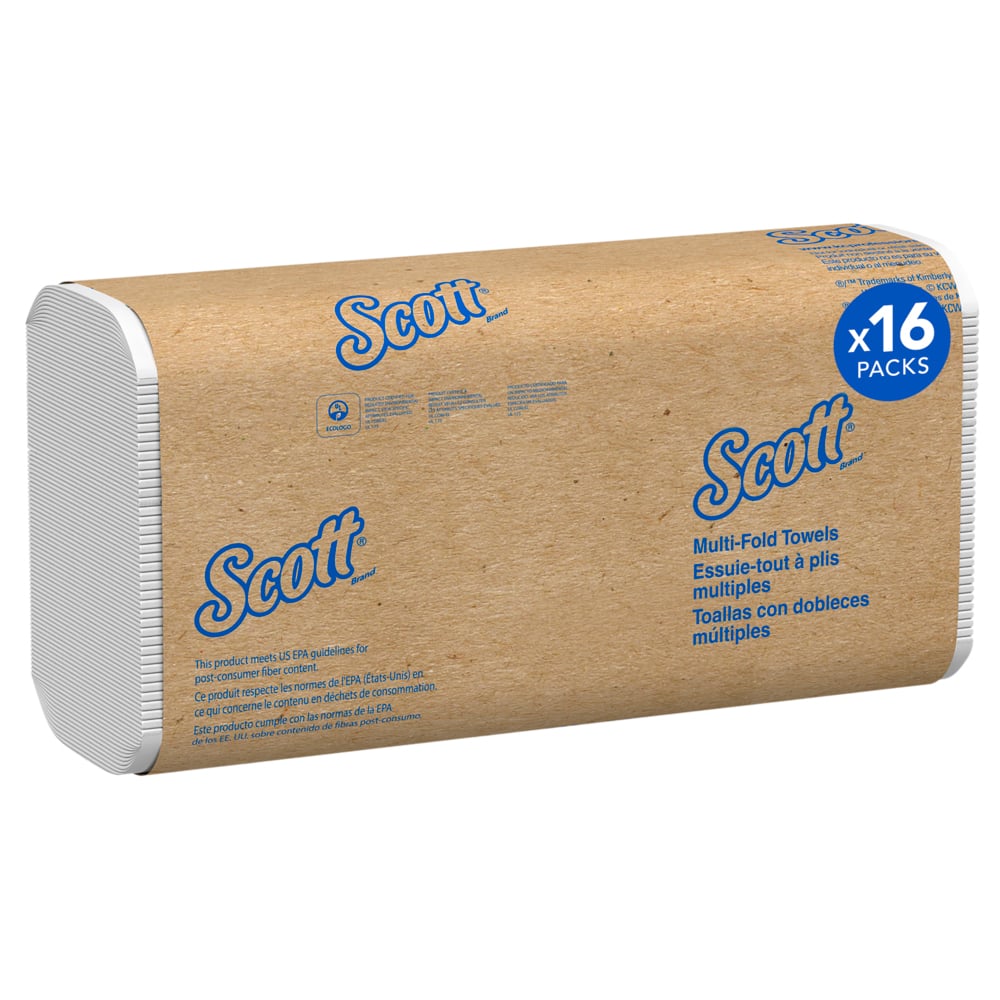Last Updated DECEMBER 2024
6 Tips to Improve Hygiene in the Workplace
Learn how to elevate workplace hygiene with 6 actionable strategies to promote cleanliness, help reduce the risk of illness spread and improve productivity. Keep hygiene front and center in your workspace.

A clean and hygienic workplace is more than a nice-to-have — it’s essential. Effective hygiene protocols not only help reduce the spread of illness but also support employee well-being, boost productivity and enhance the perception of your facility. Proper hand hygiene can reduce absenteeism from gastrointestinal illnesses by up to 57%.1
However, maintaining high standards is not without its challenges. Balancing operational constraints, resource availability and occupant expectations requires a strategic approach that balances proactive measures with effective communication.
Let’s delve into six actionable strategies to enhance workplace hygiene and sustain an effective hygiene program.

Getting Started: Strategies for a Cleaner Workplace
1. Appoint Hygiene Captains
Designate a hygiene captain for each cleaning shift to oversee the correct implementation of protocols. Rotating
this role among team members fosters accountability, engagement and a shared commitment to cleanliness.
2. Form a Hygiene Task Force
Establish a cross-functional task force that includes representatives from tenants, employees and key stakeholders.
Regular meetings ensure diverse input, foster collaboration and keep hygiene initiatives aligned with organizational
goals.
3. Promote Good Hygiene Habits
Empower employees and occupants with clear guidance on hand hygiene, cough etiquette and the proper use of shared
spaces. Leverage visuals like posters, videos or digital signage to drive home these practices. Consistent messaging
is key to embedding good hygiene habits across the facility.
4. Automate Cleaning Schedules
Integrate hygiene tasks into daily, weekly and monthly calendars using automated reminders. This ensures cleaning,
disinfecting and restocking activities are consistently executed without overburdening staff. Align these schedules
with peak facility usage to maximize efficiency and effectiveness. Smart restroom solutions like
Onvation® can help you achieve this.
5. Regularly Audit Hygiene Practices
Assess cleaning protocols regularly to ensure they meet current needs and address evolving
expectations. Periodic
reviews can help identify gaps, optimize resources and adjust schedules to focus on high-traffic areas effectively.
Collaboration between cleaning staff and facility managers ensure protocols are continuously improved.

6. Keep Hygiene Front and Center
Effective communication is essential to maintaining hygiene as a top priority. By sharing critical updates and
engaging with tenants and stakeholders, you can foster collaboration and sustain a culture of cleanliness.
Consider:
- Sharing New Protocols and Plans: Communicate updated hygiene protocols, illness response plans and investments in new hygiene solutions to demonstrate your commitment to well-being.
- Highlighting Hygiene Wins: Share metrics like reductions in sick days or improvements in cleanliness to showcase the impact of your efforts.
- Providing Resources: Make hygiene education accessible by distributing handwashing guides, surface disinfection recommendations and other materials tailored to your facility.
- Engaging Stakeholders: Create a suggestion box to encourage feedback from tenants and employees, ensuring you’re addressing real concerns.
- Hosting Hygiene Awareness Events: Organize workshops or events that reinforce good hygiene habits and celebrate participation in maintaining a healthier workplace.
By keeping hygiene communication open and engaging, creates a culture where cleanliness is a shared responsibility across your facility.
Measuring the Impact of Hygiene Protocols with Smart Technology
Implementing hygiene measures is just one part of the equation — measuring their effectiveness is equally important. Smart restroom solutions like Onvation® provide actionable data that helps facility managers optimize cleaning schedules, monitor supply levels and ensure consistent hygiene standards.
- Real-Time Supply Monitoring: Ensure essential items like soap, sanitizer and paper towels are always available.
- Optimized Cleaning Schedules: Analyze usage patterns to identify peak times and allocate cleaning resources effectively.
- Enhanced Occupant Experience: Maintain clean, well-stocked restrooms, leaving a positive impression on employees and visitors.
- Support for Compliance: Automated reports and real-time alerts help demonstrate adherence to health and hygiene standards, ensuring transparency and accountability.
By leveraging smart technology, you can streamline operations and ensure your facility meets the highest standards of cleanliness.
Championing Workplace Hygiene
Achieving high hygiene standards is a continuous journey that involves proactive planning, effective collaboration and the right tools. By adopting these strategies, you can transform your facility into a cleaner, healthier and more productive environment – benefitting everyone who enters.
Take action: Assess your office hygiene strategy
Ready to elevate your workplace hygiene standards? Download our Office Hygiene Worksheet to assess your current strategy and guide you through critical action areas, helping you evaluate your preparedness and identify improvement opportunities.
1 Handwashing facts. (2024, April 17). Clean Hands. https://www.cdc.gov/clean-hands/data-research/facts-stats/index.html
































